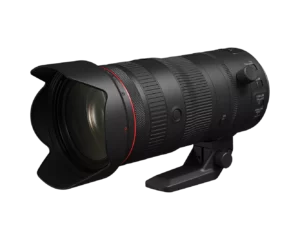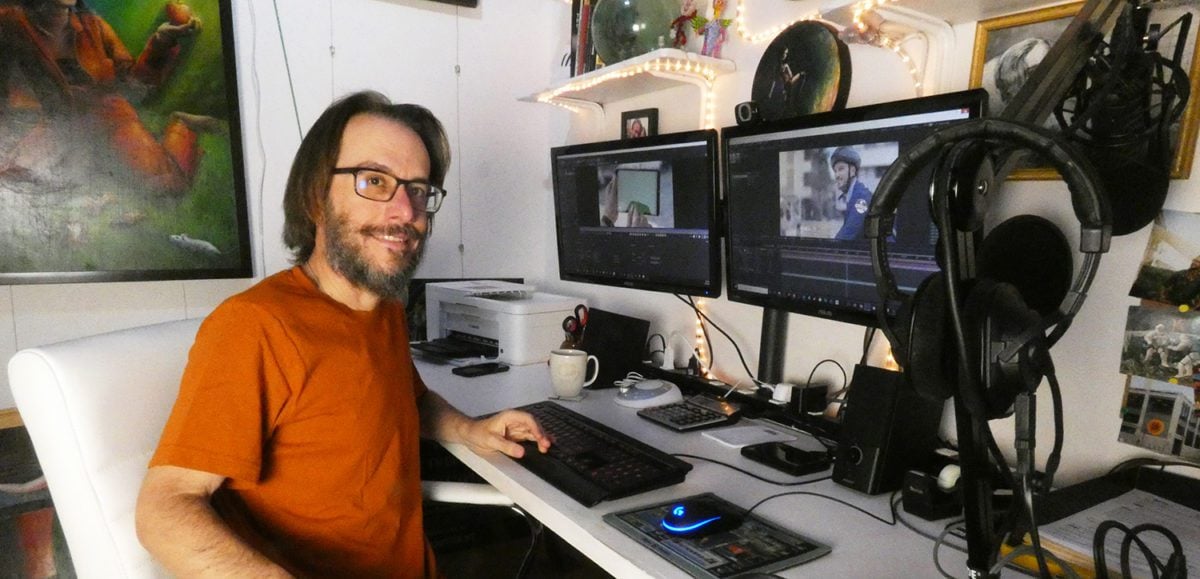
Cameras
Student Filmmakers Magazine Excited to Explore Latest Innovations at 2024 NAB Show; Canon’s Booth to Showcase Cutting-Edge Technology
Chun Mei An serves as International Press representative for Student Filmmakers Magazine, HD Pro Guide Magazine, and Sports Video Tech Magazine. With a passion for


